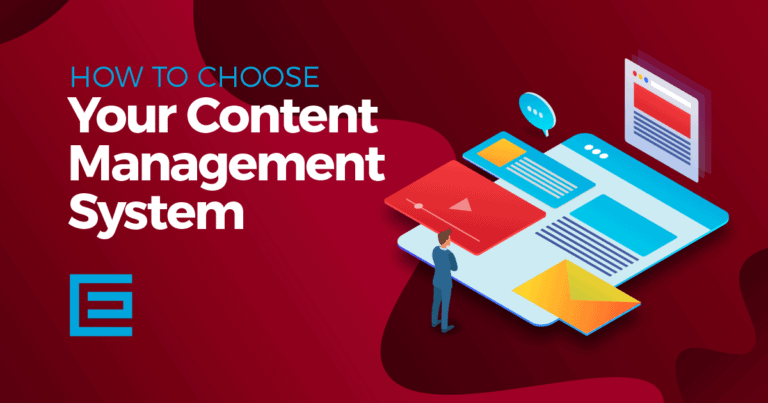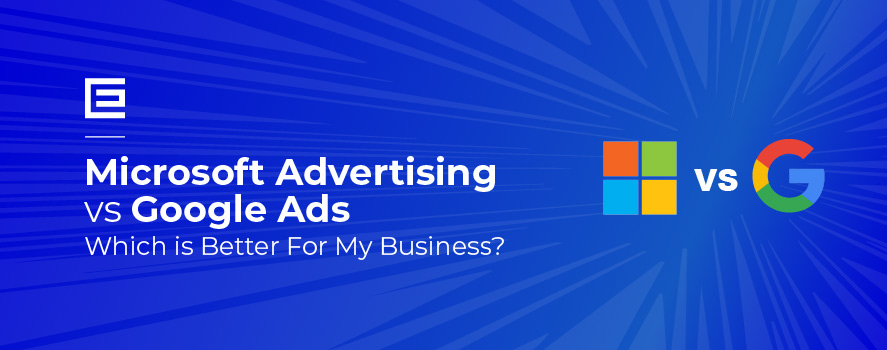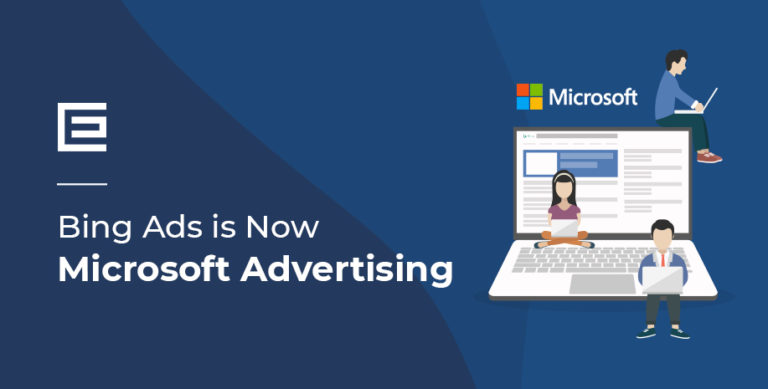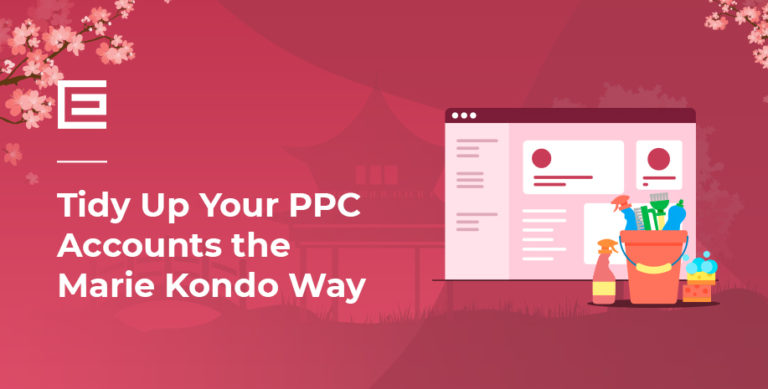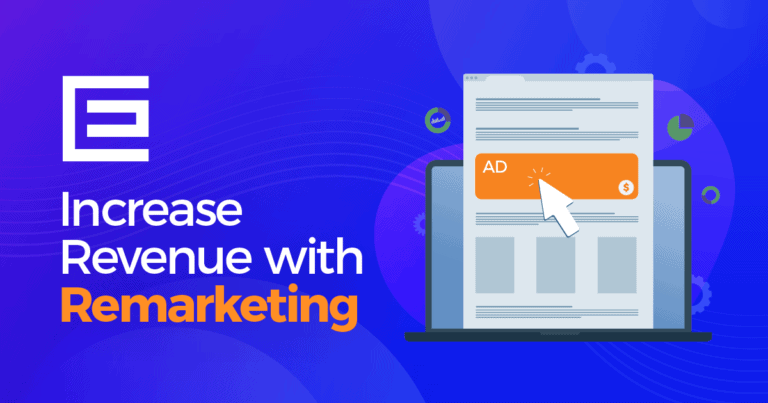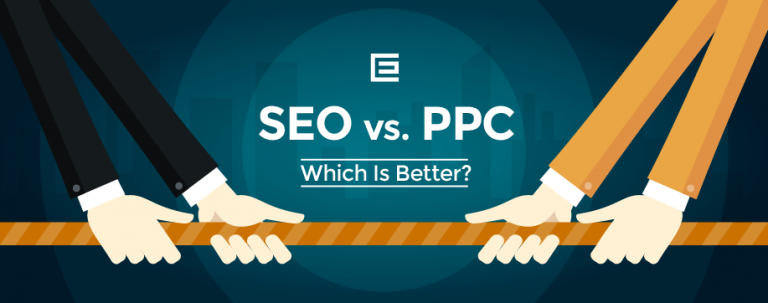Google Ads & Microsoft Advertising: Like Peanut Butter & Jelly
For a while, these two ad platforms were pitted against each other – with Google Ads almost always winning out due to Google being the most used search engine. However, times they are a changing. Bing (Microsoft’s search engine) is growing in search engine share and making it difficult for small business owners to ignore it’s advertising potential. Below we’re reviewing the history of the two PPC advertising platforms, their similarities, their differences, and how they work together to increase your visibility and leads.Google Ads (formerly Google AdWords)
Google Ads (formerly Google AdWords) first launched in 2000. Initially, Google Ads was modeled as a monthly subscription service, where Google would set up and manage ad campaigns. Over time, business owners wanted to run their own ad accounts, which led to the AdWords self-service portal in 2005. This would serve as the foundation for what Google Ads is today.Microsoft Advertising (formerly Bing Ads)
Microsoft Advertising is much younger than Google Ads. In fact, Microsoft was the last of the “big three” search engines to develop its own system for PPC advertising. Up until 2006, MSN search engine ads were supplied by Overture (and later Yahoo!). Once Microsoft realized how much search marketing was growing, they started developing their own system, MSN adCenter. In 2012, MSN adCenter became what we know today as Microsoft Advertising. Due to Google holding a vast majority of Search Engine Market Share, Bing has placed more emphasis on targeting specific audiences, including 60 million searchers not reached by Google. In addition to that, 38% of Bing’s users have household incomes of over $100,000 or more and 40% are between the ages of 35-54, which is useful information depending on your target audienceGoogle Ads vs Microsoft Advertising: Understanding the Two Ad Platforms
Search Volume
As one might expect, Google has by far the largest reach. Google holds approximately 74% of the global Search Engine Market Share, meaning that roughly 3 out of 4 searchers are using Google as we speak. While Google does have the biggest reach, Bing has made several recent moves to expand their presence on the web. Microsoft (who runs the Bing search engine) recently announced that Microsoft Advertising is the single global platform for all search advertising campaigns on the AOL and Yahoo networks. This partnership means that ad campaigns targeting US searchers on the Microsoft Advertising platform could see an increase in clicks up to 15%.Competition
With the amount of search volume on Google, it’s expected that you’re going to face an increased amount of competition when running campaigns. Campaigns on Microsoft Advertising face approximately 36% less competition than Google Ads. This difference can have a massive impact on your Average Cost per Click (Avg. CPC), with Report Garden finding the average CPC on Bing to be $7.99 vs $20.08 on Google. That’s about 60% less Avg. CPC on Bing.Cost
Because Microsoft Advertising tends to a cheaper CPC than Google Ads, the overall cost ad campaigns on Microsoft Advertising also tends to be lower. (Keep in mind, though, that ad spend does fluctuate by industry.) Even though you get more for your dollar using Microsoft Advertising, the search traffic on the two platforms is vastly different. So while you may spend less, the traffic quality might not be the same as Google Ads.Click Through Rate (CTR)
According to Wordstream, the average CTR on Microsoft Advertising campaigns, across all industries, is 2.83%, which is almost a50% higher CTR than Google Ads. Microsoft Ads saw particularly high CTRs in industries offering Employment or Career services, boasting an impressive 3.53% average CTR. Now, what must be taken into consideration here is how much is CTR really worth if you’re not getting the search volume? Sure, having a great CTR is always a plus, but if you’re only attracting 1000 impressions vs 10,000 impressions, you’re still going to be attracting less traffic to your website.Targeting Options
Both Google Ads and Microsoft Advertising offer targeting options to make advertising campaigns more successful. Not only are these options great to encourage engagement, they also cut down on ad spend. Google Ads’ targeting options include things like audience targeting (demographics, custom-intent, similar audiences, remarketing, etc.) and content targeting (topics, placement, content keywords, and display extensions for search). These options can be applied at the account and campaign level. Microsoft Advertising’s targeting options aren’t as robust as Google Ads, however you can target searchers based on geographic location, day of the week, device, demographics, and more. You can also get more granular with Microsoft Ads’ campaigns by applying these options to the ad group level. You can even assign different ad campaigns to different time zones.Language Options
Google Ads makes language targeting relatively easy, allowing you to target over 40 languages (everything from Arabic to Vietnamese). With Microsoft Ads, however, you can only target up to 12 languages.Interface/Updates
When it comes to the interface/updates, Google Ads has a clear cut advantage. Microsoft Ads typically follows Google’s footsteps in this regard, examples being things such as Expanded Text Ads and Structured Snippets, with Microsoft implementing these into their accounts shortly after. After all, Microsoft Advertising has the option to import campaigns from Google, not vice versa.Google Ads + Microsoft Advertising = Best PPC Ad Strategy for Your Business
Gone are the days of pitting Google Ads against Microsoft Advertising. The two PPC platforms work hand in hand to increase your visibility and generate leads across the two search engines. If you’re ready to test out PPC, we recommend setting up campaigns on both ad networks to see what works best for your business.Want to use PPC advertising to grow your business? Let’s talk! Give us a call at 919-341-8901 or send us a message here to get started.
Tags: Paid Search Marketing

